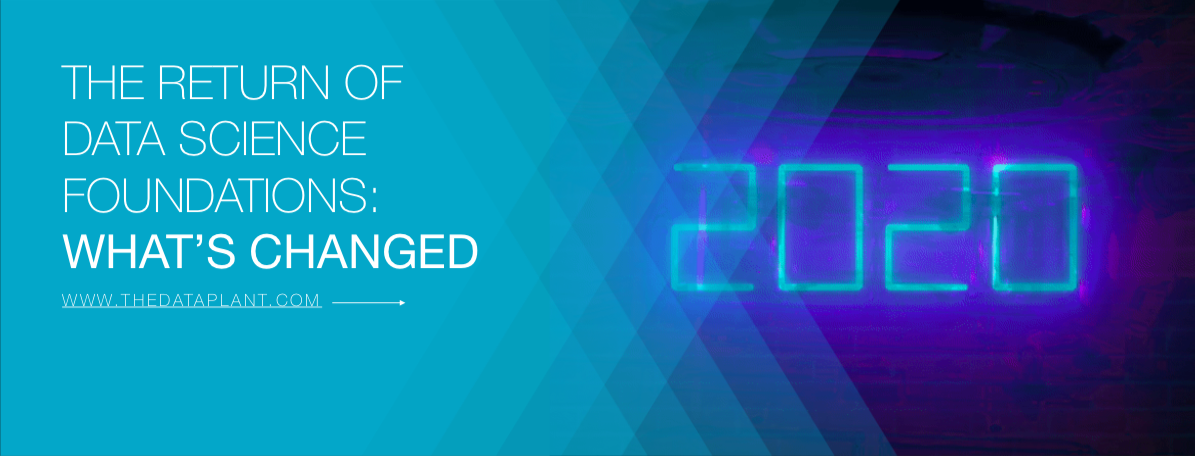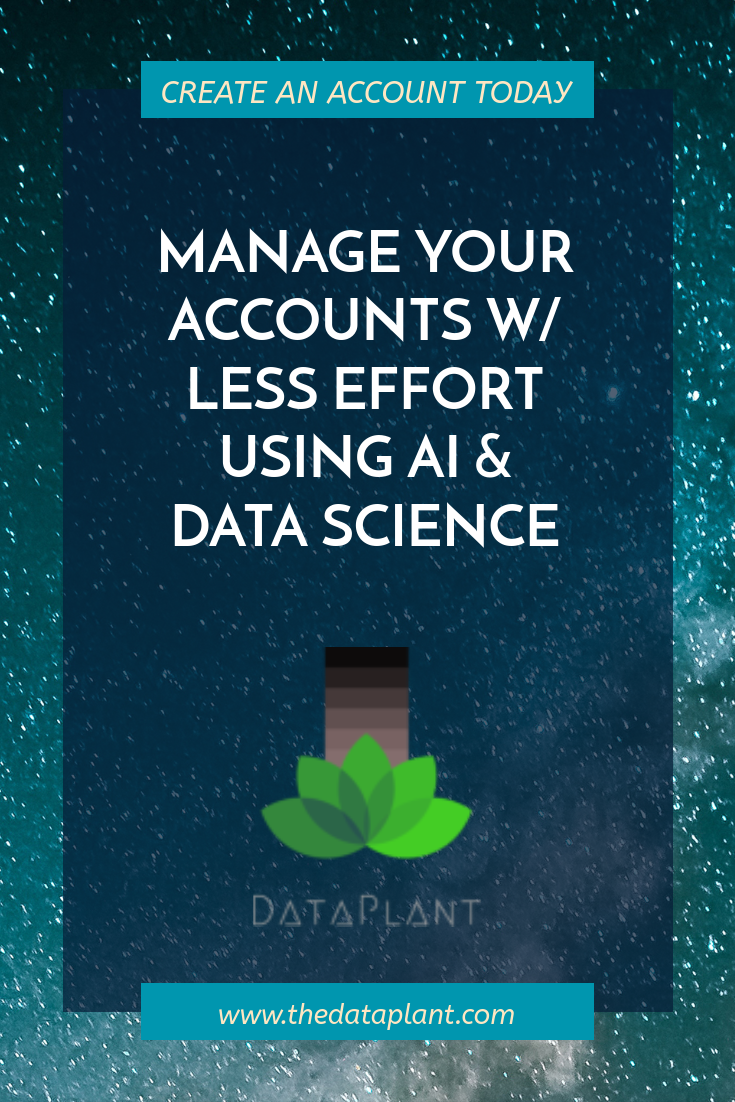
The Return of Data Science Foundations: What's Changed + What's New for This Decade
My, oh my, have things changed in the world of customer success. While on a Data Science World Tour back in 2018, I stared a blog series about the foundations of applied data science in the customer success industry. Back then I shared some breakthrough insights that many of my customers leveraged when building out thier customer success programs. Fast forward to 2020, we're now in a Post-Covid 19 world where companies and people alike all have had to adapt and change. CS is now essential. I have led customer facing technical teams, managed large account portfolios and delivered success for many organizations over the years using its tenants. Take advantage of new episodes on subjects including step by step breakdowns how to define true north metrics, emerging methodologies like the ODO Framework and more....

Side note: I cannot recommend hackathons enough. Some people do call out their flaws and how they can be exploitative of those who participate in them. But one of my number 1 reasons for recommending people participate in hackathon is for people to learn new problem solving techniques that can be helpful for new problems in their life even if they lose the competition. But I digress, since writing that blog in 2018, I found it to be one of the most helpful frameworks I have used as a data scientist and a CSM. So today join me as we begin to expand on what was started in 2018 and sprinkle in some learnings over the last few years along the way.
RECAP - For those who want the TLDR of the first article or hate reading stuff from before the 2020. Call it another thing to blame on COVID-19 but many methodologies from before 2020 dont hold up the same these days so it's understandable. Having completed recent projects right before and the quarters after the first round of lockdowns. I got some updates and new revelations to share. The frameworks I built and applied in the 2010's throughout my early career still helps oranizations build better customer success programs today in 2020.

The first of the data source types are the most foundational. Master Records, are all of the named things that show up in your other data sources: Accounts, Contacts, Products, Campaigns, etc. No matter what your universe consists of. All of the named things will be represented as Master Records in any CRM/Database. When data architectures are built right; Master Records have unique identifiers that show up as foreign keys in the other 6 relationship time-series based data sources: Subscription, Support, Preparedness, Sentiment, Engagement, Usage. Each of the time-series based source types are all similar because they all represent relationships between different types of Master Records over time. For example, if you submit a ticket to your cellphone provider because your cellphone is not working. Your ticket record that is created as a result in your celllphone providers database has ID’s for you as a user, as well as an ID for which product you called in about. Along with the relationships between you and which product you have. There is also a time-stamp of when the ticket was created. This makes any data that shows metrics & dimensions on the interaction between an company/person & your product’s support essentially able to be treated the same. This principle is what underpins the power of having a fundamental 7 source types. Custom object choas becomes order.
 HERE and Pt. 3 that breaks down what has changed in the Primary Data Source Type framework and introduces a new methodology that will define this decade called: Intentionality.
HERE and Pt. 3 that breaks down what has changed in the Primary Data Source Type framework and introduces a new methodology that will define this decade called: Intentionality.

